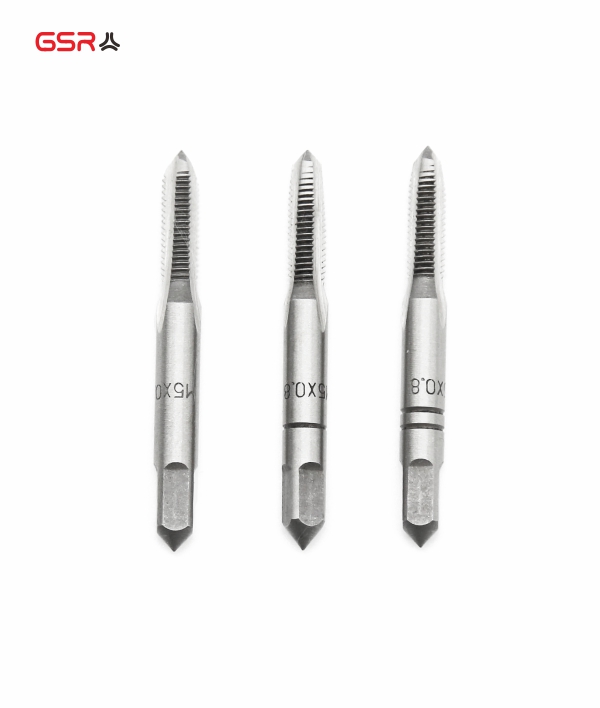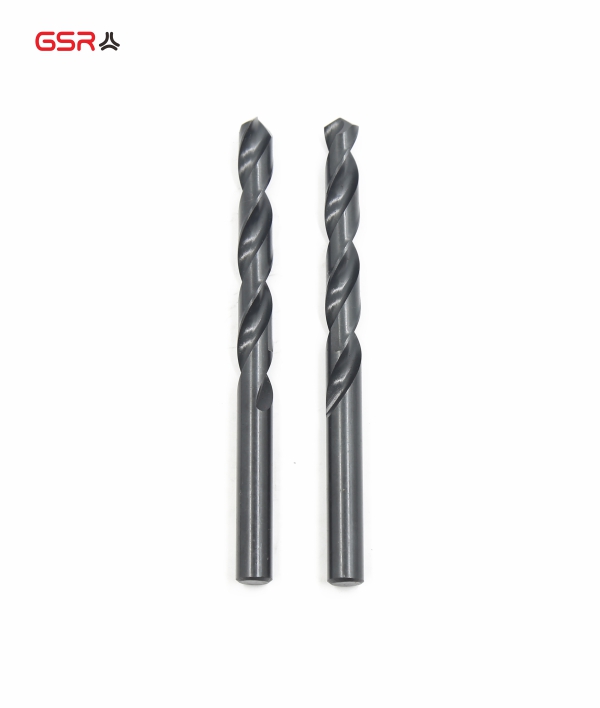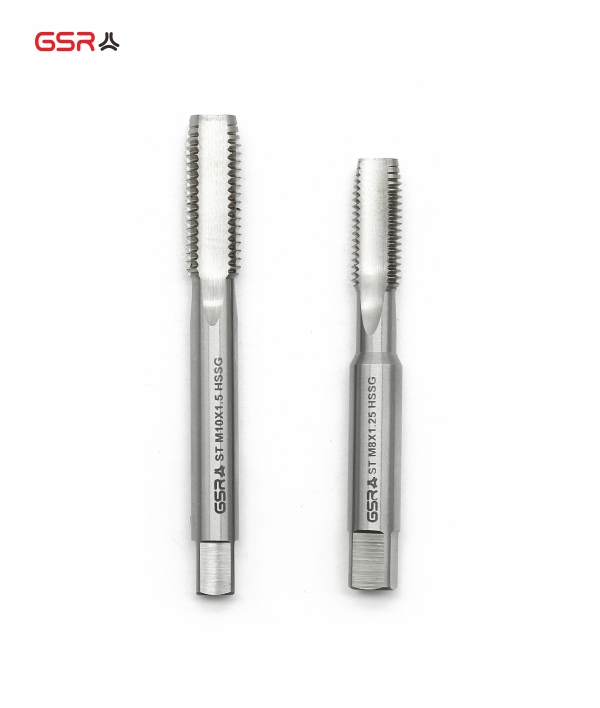How Are Machine Threads Made? Manufacturer China
Early nuts, bolts and screws were made by hand filing or using simple lathes, and they had no common standard between industries or even between different companies. Countless different types were available everywhere, and they were not interchangeable. It eventually took many years and a lot of iterations to determine which types of threads were best suited for which applications, and then to establish national and international standards based on those types.
DIN371 DIN376 Machine Tap, 35°Spiral Flute for blind hole
Terminology for thread design
What is the difference between a bolt and a screw? A bolt passes through the parts to be joined and holds them together under compression using a nut on a threaded shaft. Due to this arrangement, bolts are primarily used to resist lateral or sideways loads. However, the screw engages with matching threads in the material and exerts a holding force in line with the screw shaft.
GSRTHREAD knows that a perfect match between the external and internal threads is essential. This is why engineers and product developers need to use the following terms when communicating with manufacturers
Peak: the high point of the recess
Root: the low point of the recess
Thread angle: the angle between the relative sides
Large diameter: maximum diameter
Small diameter: minimum diameter
Pitch: The distance between the crests
Pitch line: this is an imaginary line, parallel to the centerline of the screw, located between the intersection of the high and low projections of the inclined sides
Pitch diameter: measured from pitch line to pitch line on both sides of the thread
GSR ROUND DIE HOLDER MADE OF DIE-CAST ZINC
How are machine threads made?
External threads are made by lathe or rolling. Rolling does not waste material and increases the strength of the thread because it compresses the raw material rather than shearing it.
Internal threads are made by drilling and tapping, which used to be a separate operation. But now there are hybrid cutting tools that allow drilling and tapping in one operation, saving both time and money.
In all of the above cases, product developers should specify whether they have a specific method they prefer. Otherwise, the manufacturer will use the method that is fastest while still meeting the product specifications.
Because of the wide variety of thread standards, there is a significant risk of inaccuracy and potential errors in communication between product designers and their manufacturing partners when specifying thread characteristics. To avoid these errors, we strongly recommend the use of a thread calculation tool.
Is that all there is to know about machine threading? Actually no, we will soon provide more insight on how to apply this knowledge to your product design. When you're ready, upload your CAD file today for a project quote, drop us a line, and learn more from our experienced engineers.













